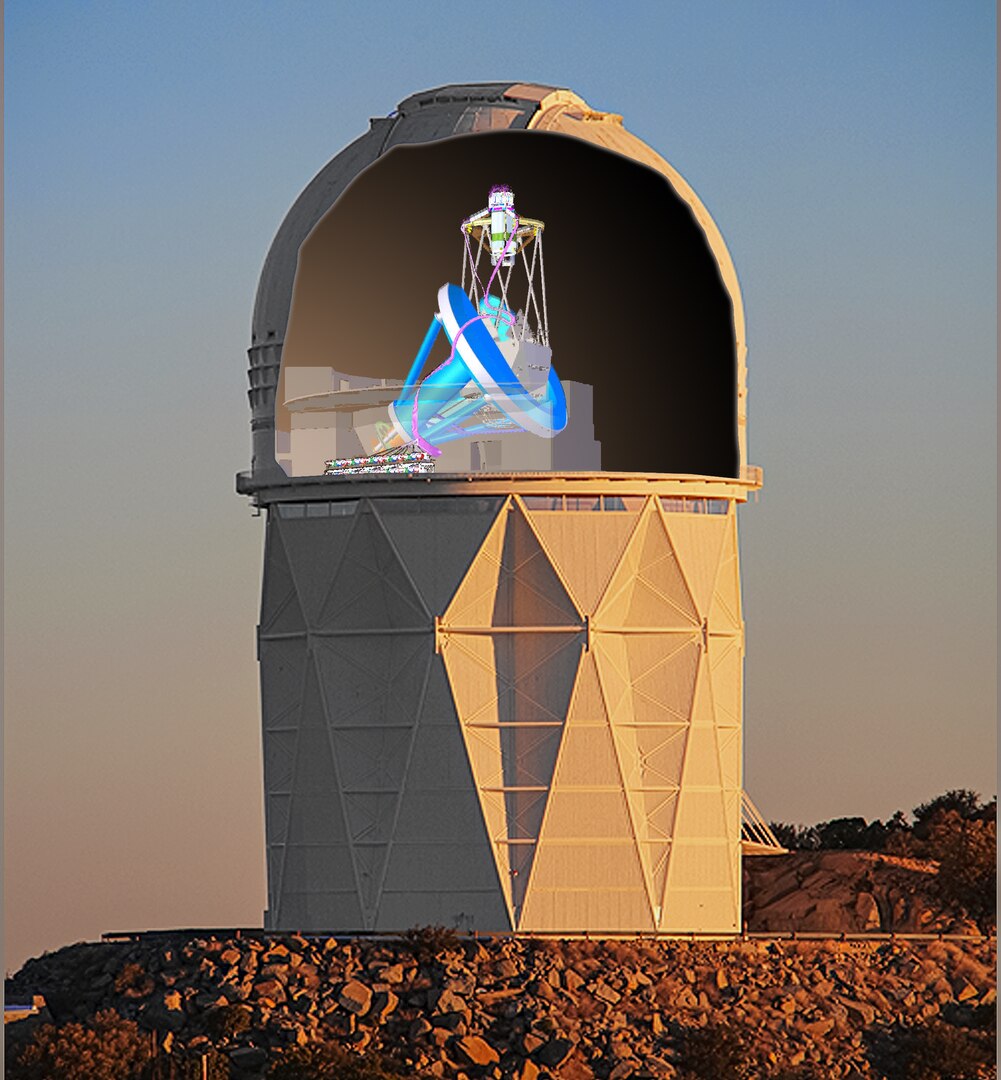For nearly a century, cosmologists have relied on a simplified model of the universe that treats matter as uniform particles that don't interact with each other. While this approach helped scientists understand the Big Bang and the expansion of space, it ignores a fundamental reality, that our universe is anything but uniform. Stars cluster into galaxies, matter collapses into black holes, and vast empty voids stretch across space, all constantly interacting through gravity and other forces.
Now, Dr. Leonardo Giani from the University of Queensland has developed a new mathematical model that, for the first time, accounts for these complex structures and their impact on the evolution of the cosmos. Using data from the Dark Energy Spectroscopic Instrument (DESI), which can measure the universe out to 11 billion light-years, Giani's team has created what could be a gam changing framework for understanding how the universe really works.
"This new model can change the way physicists and cosmologists look at the universe, the breakthrough lies in recognising that the universe's actual complexity” - Dr. Leonardo Giani from the University of Queensland.
Traditional cosmological models assume matter behaves uniformly throughout space, but reality tells a different story. Massive structures like galaxy clusters exert gravitational pull that causes matter to collapse inward, while enormous voids, regions nearly empty of matter continue expanding. For three decades, scientists have struggled to explain how these contrasting forces affect the universe's overall behaviour, often resorting to exotic theories involving new physics.
 DESI in the dome of the Nicholas U. Mayall 4-meter Telescope at the Kitt Peak National Observatory (Credit : Lawrence Berkeley National Lab/KPNO/NOIRLab/NSF/AURA)
DESI in the dome of the Nicholas U. Mayall 4-meter Telescope at the Kitt Peak National Observatory (Credit : Lawrence Berkeley National Lab/KPNO/NOIRLab/NSF/AURA)
This new model provides a mathematical recipe for calculating how existing structures influence cosmological measurements. They identified two critical measurements; the minimum size a void must have to impact observations, and the minimum size a collapsing region needs to be influential. When they plotted independent datasets against these parameters, they made a striking discovery. According to the standard uniform model, all data should cluster in one specific region of their graph. Instead, the data overlapped in a completely different area, suggesting that large voids are responsible for anomalous behaviours observed in astronomical measurements.
Perhaps most importantly, this new framework addresses two of modern cosmology's biggest puzzles; Hubble tension and dynamical dark energy. Hubble tension refers to a discrepancy between two different methods of calculating how fast the universe is expanding. They give different answers, and nobody knows why! Dynamical dark energy, meanwhile, is the controversial idea that the mysterious force driving cosmic expansion might be weakening over time.
Portrait of Edwin Hubble after whom Hubble Tension is named (Credit : Johan Hagemeyer)
Previous attempts to solve these problems often created new contradictions but Giani’s model offers a more elegant solution. Rather than requiring dark energy to actually weaken, the apparent weakening could simply reflect our improved accounting of the universe's true complexity. The model shows there's a specific region where the Hubble tension disappears entirely, not because new physics is needed, but because we're finally accounting for how real structures affect our measurements.
When the team tested whether the universe's complexity was showing up in DESI data, the answer was a resounding yes. This represents a fundamental shift from trying to force observations into oversimplified models toward embracing the universe's actual complexity. The research, published in Physical Review Letters, suggests that many of cosmology's current mysteries might stem not from exotic new physics, but from our failure to properly account for the lumpy, interconnected reality of the universe we actually inhabit.
Source : Revealing how matter affects the evolution of the universe

